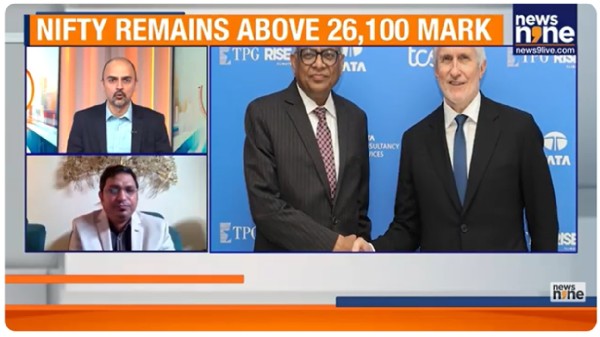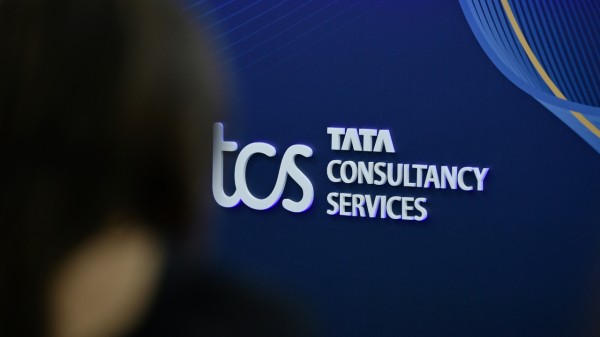

By signing in or creating an account, you agree with Associated Broadcasting Company's Terms & Conditions and Privacy Policy.


By signing in or creating an account, you agree with Associated Broadcasting Company's Terms & Conditions and Privacy Policy.

Kolkata: The most potent item in investment in time since the force of compounding harnesses giant force as years go by. In order to harness this giant force to one's own benefit one should begin retirement planning as early in one's career as possible. Therefore, one should know the significance of each instrument EPF and NPS when trying to plan for life after superannuation.
Retirement planning should be done through relatively safe modes of investment. Both EPF (Employees’ Provident Fund) and NPS (National Pension System) are two of the popular options for retirement planning. The two schemes are distinctly different and they serve different needs.
The Employees’ Provident Fund, or EPF, is the first welfare scheme for employees in India. It offers complete safety of the capital involved. It was introduced in 1952, just a few months after the Constitution was adopted. The objective of the EPF is to build a corpus that handed over to an employee at the time of retirement and provide a monthly pension. It deducts 12% of the basic salary + DA of an employee and invests it every month into the EPF account. It also draws a matching amount from the employer and invests 3.67% into the EPF account and 8.33% into the EPS or monthly pension fund also run by the EPFO.
The NPS or National Pension Scheme is a voluntary pension scheme that anyone can subscribe to. It doesn't matter whether one is employed or unemployed. But is completely voluntary. It draws contribution to build a pool of funds that can be used post retirement. One is handed over both a lump sum and a monthly pension.
NPS has two modes of investment -- active and auto. The active choice allows subscribers to decide their allocation in different assets equity, bonds and alternative investments. The maximum equity allocation in active mode is capped at 75% up to 50 years of age. After that the investment in equity goes down by 2.5% with each passing year. One cannot choose to allocate more than 5% in alternative investment instruments. Fund managers offer a list of schemes that NPS subscribers can choose from.
In the NPS auto choice, there are three sub-categories.
Aggressive auto choice: The maximum equity allocation allowed is 75% of total assets till one reaches 35 years of age. Then it goes down by 4% each year (71% at 36 years etc)
Moderate auto choice: The maximum allocation to equity is 50% until 35 years, following which it falls by 2% each year (48% at 36 years etc)
Conservative auto choice: Maximum allocation to equity is 25% until 35 years of age. Then with each passing year, the allocation goes down by 1% each year). In each mode, the remaining funds are allocated to government and corporate bonds, the returns of which are far more stable.
No income tax deductions are allowed in the new tax system. Therefore, there are no tax benefits of EPF in this system. However, NPS offer some benefits in the new system. Only the employer's contribution (Section 80CCD(2)) remains deductible under the new regime.
The two schemes can be compared on a few parameters. EPF carries no risk at all. For conservative investors it offers an ideal choice. NPS, or at least a part of it, is linked to the market and, therefore, bears a degree of risk. But since they are tied to the market, NPS . On the other hand, NPS involves investments tied to the market, which can generate higher returns.
While EPF is a mandatory investment by law, NPS can be useful for individuals who have many years of service left. They can build a nice corpus, especially through the active aggressive mode.
It must be remembered that it is easier to withdraw funds from EPF before retirement than NPS. If one gives precedence to the faiclity of early withdrawal of funds, EPF is might be the better choice for an individual.












